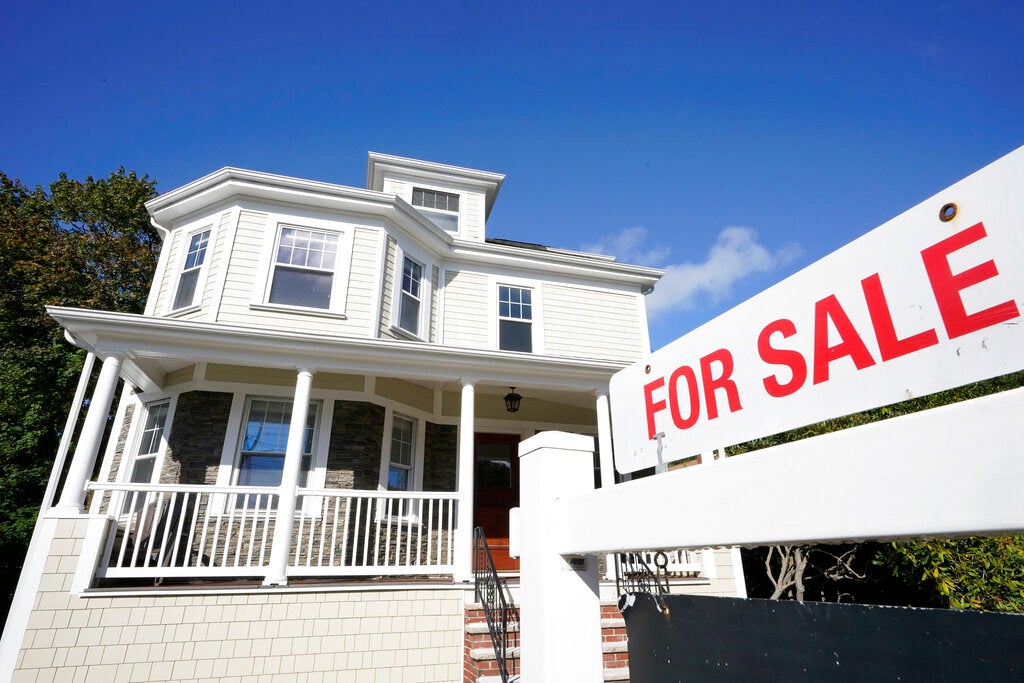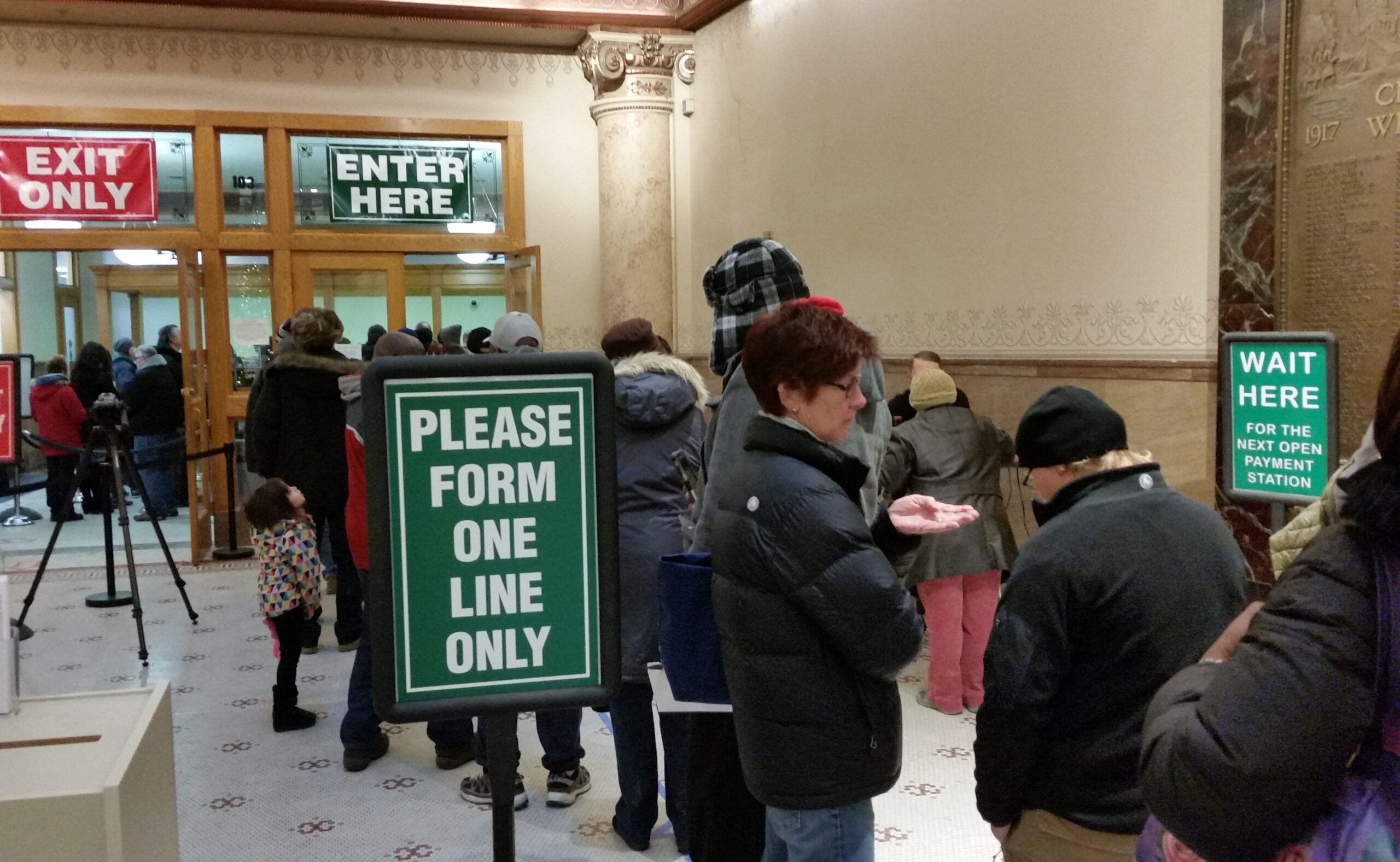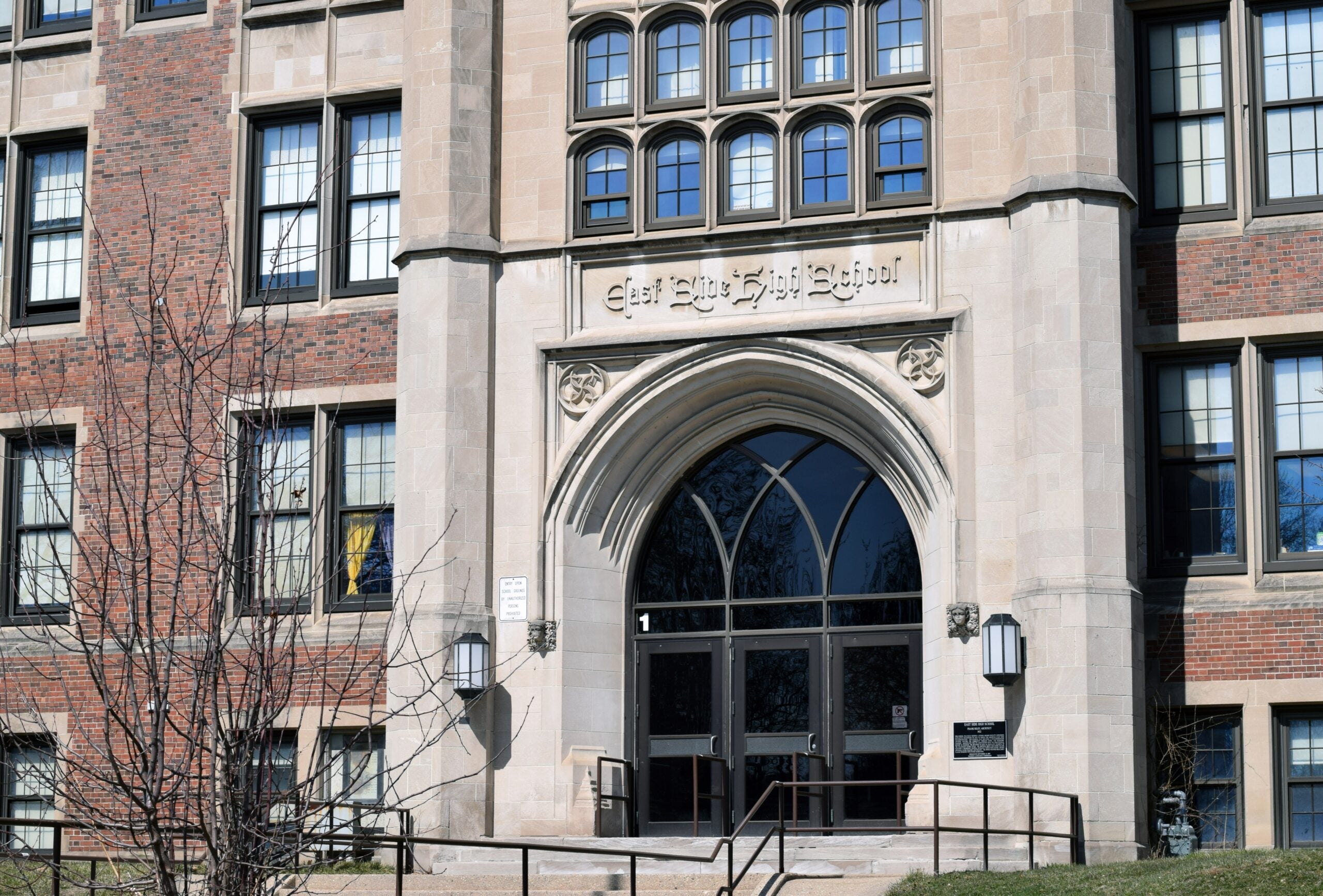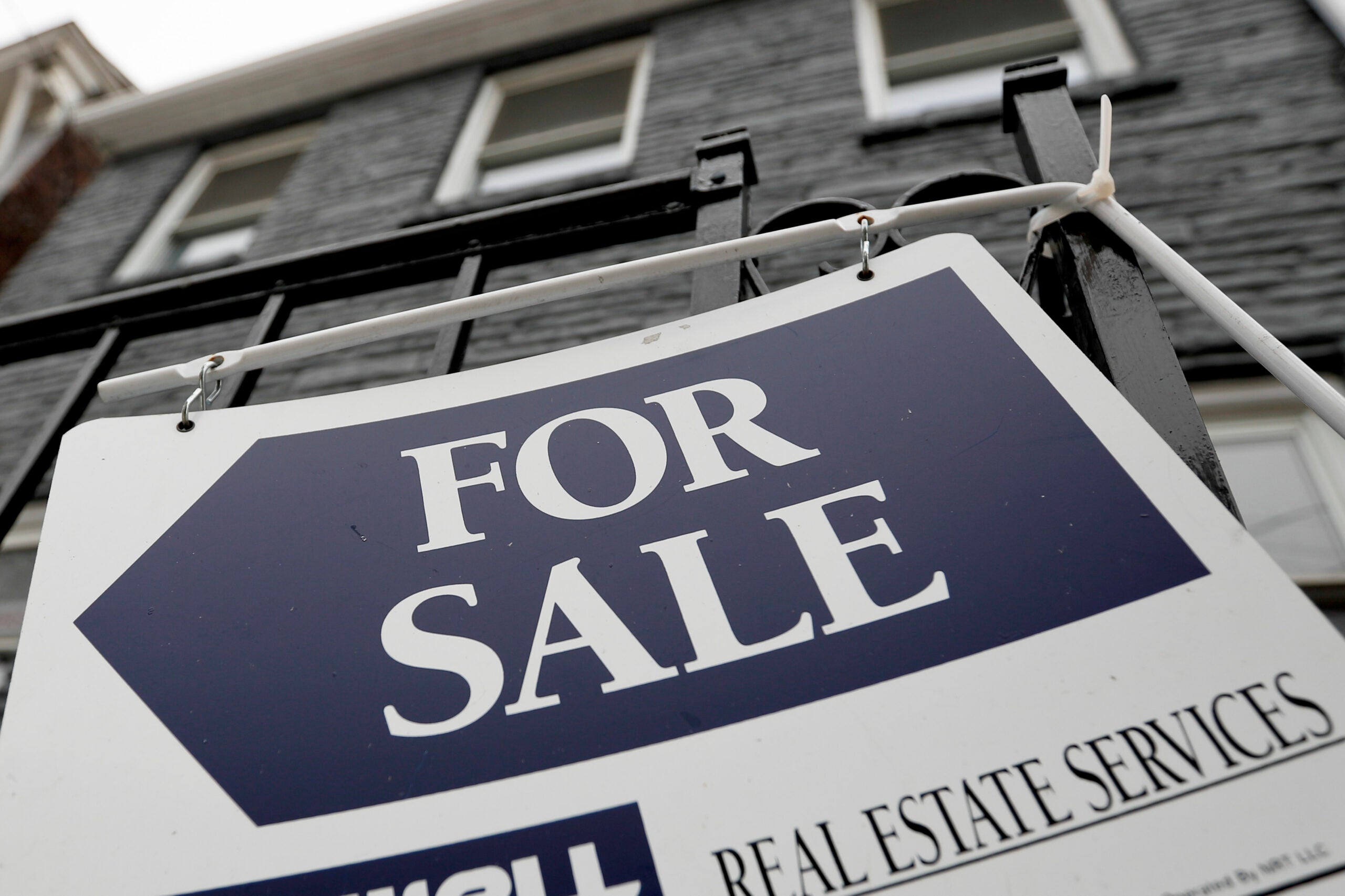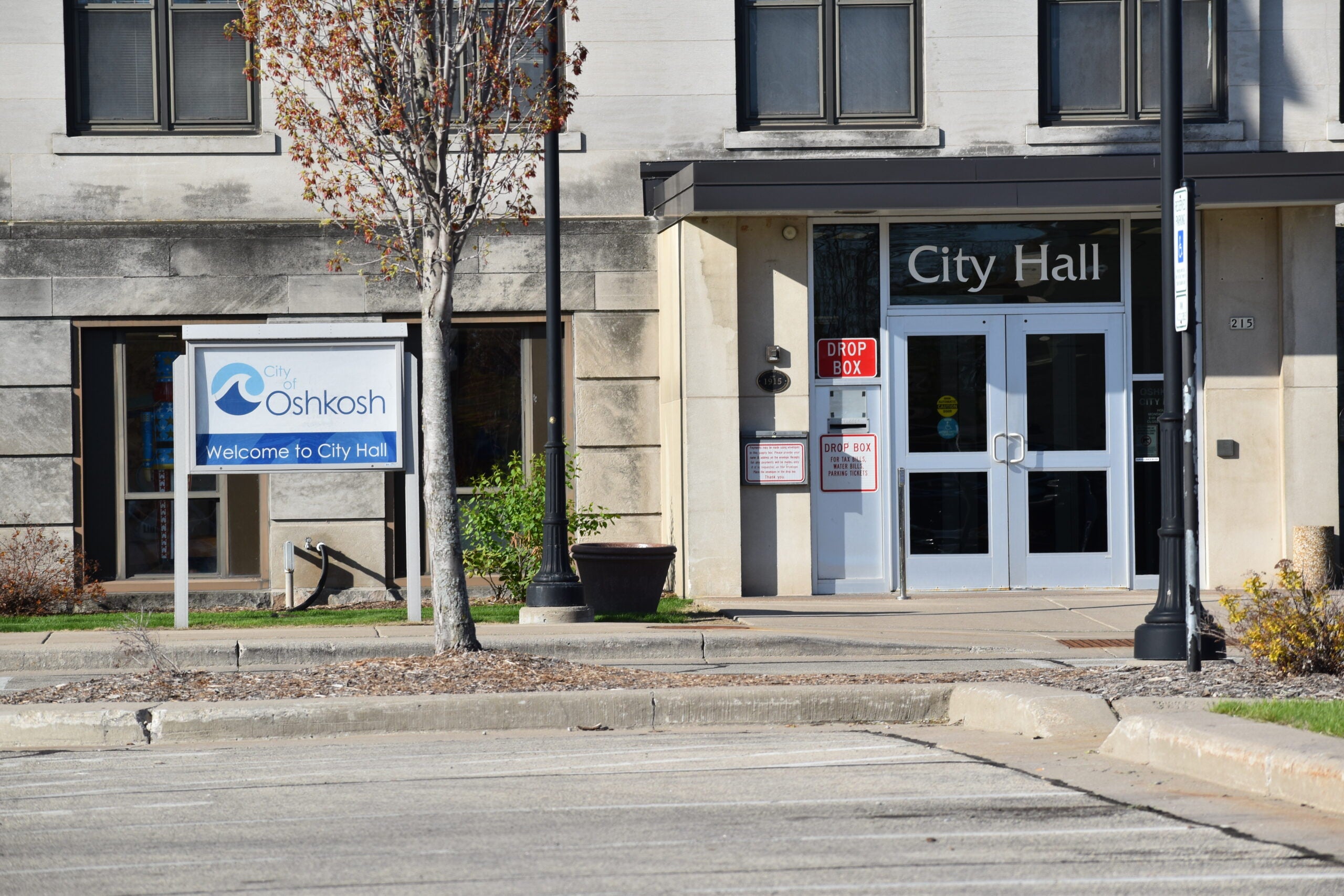Wisconsin property values saw a record increase in 2022, coming after a continued shortage of homes and new real estate demand during the COVID-19 pandemic.
The Wisconsin Policy Forum found total property values in the state grew by 13.8 percent, overwhelmingly surpassing the previous record increase of 9.6 percent in 2006. The nonpartisan research group’s analysis looks at data from the state Department of Revenue on equalized property values as of Jan. 1 dating back to 1985.
Research director Jason Stein said a variety of factors contributed to the record growth from 2021 to 2022. With lower interest rates caused by the pandemic, many people bought homes in 2021. Inflation also drove up the price of property just like many other commodities.
News with a little more humanity
WPR’s “Wisconsin Today” newsletter keeps you connected to the state you love without feeling overwhelmed. No paywall. No agenda. No corporate filter.
But Stein said property values have also increased because of the limited supply of homes available in the last decade. He said home building across the United States slowed significantly after the housing market crash of 2007 and 2008, and the industry has been working to catch up ever since.
“We’re seeing more construction, we’ve seen more construction in 2021. But it just takes a long time to, you know, dig out from under that,” he said.
Stein said the growth in real estate values have been widespread across the state’s urban and rural areas. Southeast Wisconsin saw growth at slightly less than the statewide rate. The City of Milwaukee saw an 11.6 percent increase, slightly less than the previous year’s growth of 12.3 percent. Total values in Dane County grew more than the state at 15.4 percent, and the City of Madison saw an even higher rate at 17.2 percent.
“Dane County overtook Milwaukee County to be the largest county in the state in terms of property values, which is remarkable when you consider how much larger Milwaukee County is in terms of population,” Stein said.
He said the higher property values are a boon for existing homeowners, especially because property taxes have not increased at the same rate because of state levy limits.
Statewide gross property tax levies increased by 1.6 percent, the smallest annual increase since 2014.
Because Wisconsin law has strict revenue limits for school districts, Stein said many districts had to lower their tax rate or keep increases to a modest level because of increases in revenue from the state. He said municipalities are also restricted to only increase property taxes by the value of new construction, which was challenged by supply chain disruptions and a tight labor market.
Higher property values can be difficult for people looking to buy a home or who are renting.
“Almost no one who is staying in their current job is going to get a 13 percent raise, right?” Stein said. “So housing is getting less affordable for you, just the actual price of the housing. Interest rates are going up right now. That is going to make the financing of a mortgage more difficult.”
Andy Heidt is housing policy and programs manager for Wisconsin Community Action Program. He said higher property values can be difficult for low-income homeowners because they end up paying more in taxes, cutting into their limited money for home upkeep or monthly expenses.
Heidt said landlords pass along the increase in their property taxes to their tenants by raising monthly rates.
“It’s just going to be a really hard dynamic to keep people with vulnerable economic situations stable in homes,” he said.
Heidt said the increase in property values has also made it a lot harder for people to move from renting to homeownership. He said when people can’t afford to make the transition, it has a ripple effect across the housing market.
“They’re staying in rental units that other people can’t move into, further creating supply issues on the affordable housing rental side,” Heidt said.
He said the increased rents and rising interest rates also make it harder for the elderly to downsize, even if they’re able to get a good price for their existing home.
As the pressure on affordable housing and rental rates builds with higher property values, Heidt said he worries the state will see an increase in the number of people who can’t afford to remain in their homes.
Wisconsin Public Radio, © Copyright 2025, Board of Regents of the University of Wisconsin System and Wisconsin Educational Communications Board.

